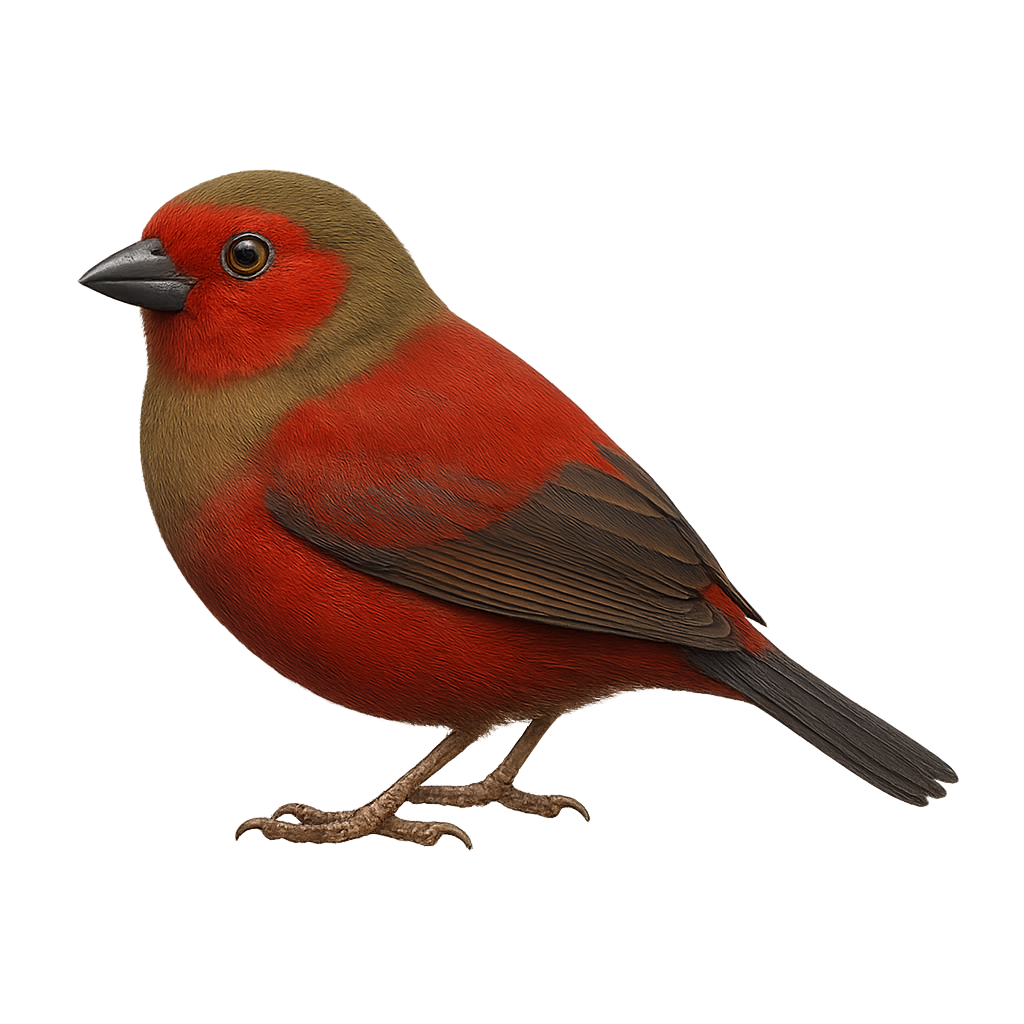Your wildlife photography guide.
Explore the reichenow's crimsonwing in detail, study its behavior, prepare your shots.
Where to observe and photograph the reichenow's crimsonwing in the wild
Learn where and when to spot the reichenow's crimsonwing in the wild, how to identify the species based on distinctive features, and what natural environments it inhabits. The WildlifePhotographer app offers tailored photography tips that reflect the reichenow's crimsonwing’s behavior, helping you capture better wildlife images. Explore the full species profile for key information including description, habitat, active periods, and approach techniques.
Reichenow's Crimsonwing
Scientific name: Cryptospiza reichenovii

IUCN Status: Least Concern
Family: ESTRILDIDAE
Group: Birds
Sensitivity to human approach: Suspicious
Minimum approach distance: 10 m
Courtship display: September to October
Incubation: 12-14 jours
Hatchings: September to November
Habitat:
Tropical forests, montane forests, wooded areas
Activity period :
Primarily active during the day, with peak activity in the morning and late afternoon.
Identification and description:
The Reichenow's Crimsonwing, or Cryptospiza reichenovii, is a small bird belonging to the Estrildidae family. It is primarily found in the montane forests of Central and East Africa, particularly in Rwanda, Uganda, and Burundi. This bird is notable for its bright red plumage in males, while females display more subdued shades of brown and red. The Reichenow's Crimsonwing is a discreet bird, often observed in small groups or pairs. It feeds mainly on seeds and insects, which it finds in leaf litter or on low branches. Although its habitat is relatively stable, deforestation poses a potential threat to its populations.
Recommended lens:
400 mm – adjust based on distance, desired framing (portrait or habitat), and approach conditions.
Photography tips:
To photograph the Reichenow's Crimsonwing, it is advisable to use a 400mm lens or longer to capture detailed images without disturbing the bird. Look for areas where the bird is active, such as forest edges or clearings. Be patient and discreet, as this bird is suspicious. Use a tripod to stabilize your camera and wait for the bird to perch on an open branch for a sharp shot. Morning or late afternoon light can provide ideal natural lighting to highlight the vivid colors of its plumage.
The WildlifePhotographer App is coming soon!
Be the first to explore the best nature spots, track rutting seasons, log your observations, and observe more wildlife.
Already 1 429 wildlife lovers subscribed worldwide

